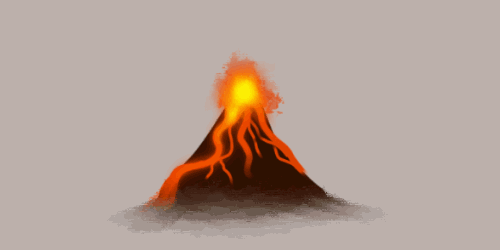The La Palma Volcano Eruption and Mega-Tsunamis: How Do They Measure Up?
November 26, 2021
While some people in Washington State have had a water view in their backyards from massive flooding, others are experiencing a volcanic eruption in theirs.
On Sept. 19, a volcano erupted on the Spanish Canary Island of La Palma — and it shows no sign of stopping.
As fascinating as the La Palma eruption might seem from the footage, many Canary Island residents are evacuating and fearing for their future on the islands.
On the morning of Nov. 19, an earthquake was registered in La Palma with a magnitude of 5.1. Once there is an earthquake with a magnitude of 7.5 or higher, the Pacific Tsunami Warning Center publishes a tsunami watch.
Over 1,000 earthquakes have been reported in La Palma in the past two weeks, which is said to be normal under the circumstances of the eruption as the tremors are a way of releasing stress. However, La Palma is also prone to potential landslides which would increase the risk of a tsunami.
Although the Earth is not currently being threatened by a massive meteor, landslides, rising sea levels and continuous lava flow into the ocean are all factors that could contribute to a similar natural disaster: a mega-tsunami.
The idea of mega-tsunamis may seem like science fiction, but in truth, they are not. They date back to prehistoric times: The first mega-tsunami recorded was a result of the asteroid that caused the extinction of dinosaurs and had a mile-high wave height.
Mother Nature is unpredictable and although mega-tsunamis are extremely rare, they shouldn’t be taken so lightly. The Canary Islands sit in the Ring of Fire, which is a hot spot for tsunamis and where volcanoes are known to collapse.
Instead of trying to predict when something of this caliber might occur, the world should consider preparing.







